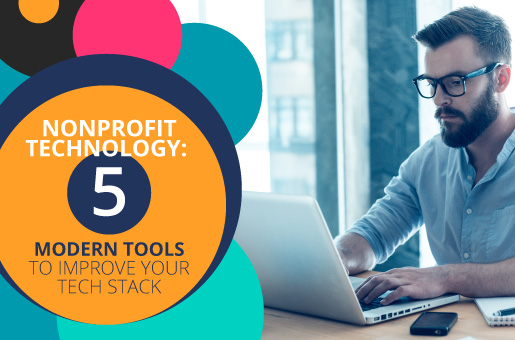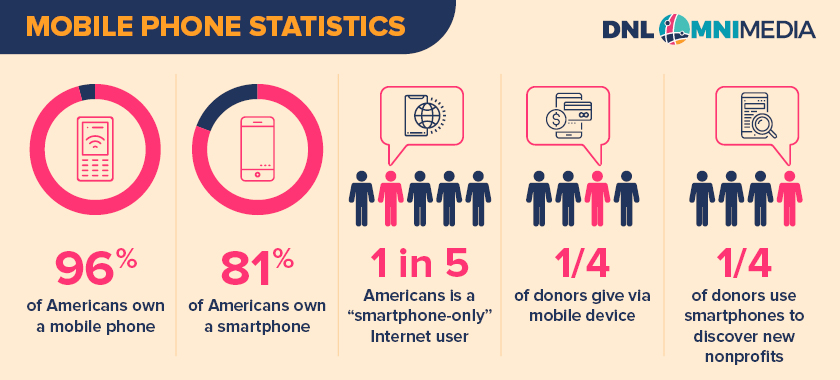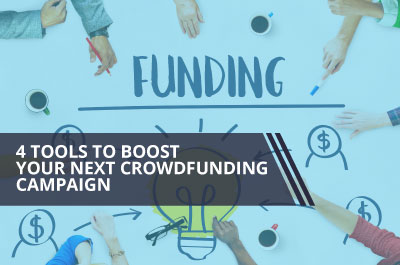So that’s it, that’s a wrap on 2020.

This year was unexpected to say the least. The world was met with challenges and turbulence that tested our strength, perseverance, and community bonds. Looking back on this year with reflection, we’d like to shed one small light on things that went well and moments that gave us spirit.
You Rose to the Challenge
In 2020, we watched organizations extend their budgets, services, and/or of-the-moment missions to take care of their communities. Even while events were cancelled and volunteers were temporarily asked to stay home, organization leaders continued working toward the health and safety of their communities.
Facilities turned into food delivery pick up points and screening centers. Virtual volunteering opportunities quickly scaled to a “new normal”, as we all found ways to put ourselves and our resources to good use.
It was an honor to work with you all this year.
Strides Forward Together
Just a few months into the year, the team at VolunteerLocal began following your lead. We retired our preconceived plans for the year and leaned in to honest conversations with clients like you.
As needs changed in 2020, you told us exactly how. New feature requests surged this year as events rescheduled and nonprofit programs reassessed their needs and impacts.
As a result, new features were quickly introduced to our development road map, including: postponed event settings, no-contact check in, volunteer self-reported hours, volunteer qualifications, COVID-19 notices, and more.
We’re committed to continue rising to the occasion with you, building the technology you need to do your job well.
– Postponed event settings: Whether your event/program has been cancelled or rescheduled, VolunteerLocal can help you navigate those changes.
If volunteers were already registered for shifts prior to cancelling or rescheduling, head over to: Events -> Your Events -> Event Detail. Scroll to “Volunteer Profile Options”. Enter any text you like to the textbox, in order to inform and remind volunteers of the news. Finally, uncheck the box labeled “Display shift detail and demographic information on the volunteer profile page”. That way, volunteers will no longer see the shifts they had been registered for, so you do not need to remove each volunteer from each shift.
When you’re ready to launch your rescheduled event, setup will be speedy. Simply copy your old event, scheduling it for the new date. You’ll have the option to copy over as many or few details as you like: jobs, shifts, volunteers, confirmation settings, etc.

– No-contact check-in: Keep volunteers busy, track their hours, and avoid contact with shared surfaces.
At the start of the year, VolunteerLocal introduced the Check-In Kiosk, which allows volunteers to quickly check themselves in and out on-site.
A few months into the year, we shared techniques to make that process contact-less. First and foremost, if you continue to use a check in kiosk on-site, we recommend disinfecting the surface after each use. As an alternative, you can share the Kiosk URL and code to allow volunteers to check in and out from their own devices. (Checking in and out is also possible by downloading the free mobile app.)
– Volunteer Self-Reported Hours: With virtual volunteering on the rise, volunteers may now report their hours via their volunteer profile, anywhere with internet connection.
On the volunteer profile, volunteers may self-report the job they performed, the date, and the hours worked. These self-reported hours are available for admins to review, edit, approve, or deny.
– Volunteer Qualifications: This feature ensures that only qualified volunteers are able to view and sign up for certain jobs. Volunteers without those qualifications would not be able to view or sign up for those jobs.
This feature can be used for a variety of purposes, even regardless of the pandemic. However, we began to see organizations using this feature creatively, as a way to categorize volunteers into groups based on their COVID-19 risk factors. (For example: qualifying volunteers based on their age group.) This better protected volunteers from unknowingly signing up for jobs that would put them at higher risk of infection.
– COVID-19 Notices: As the months go on and COVID-19 familiarity (or fatigue) sets in, it is important to regularly remind volunteers of organization-wide safety protocols. As a result, we added a new option to the “Disclaimer” feature in VolunteerLocal.
Now, organizations can require volunteers to read and sign the COVID-19 notice every time they sign up for a shift. (Please note: we do not provide the content for this notice, as it will likely be different for each organization.)
The Year Ahead
Although there are likely more surprises in store for us in 2021, surely we will all face them with more readiness than before.
In regard to the technology you use to perform your daily jobs and duties, continue to consider VolunteerLocal as a partner in these efforts. Reach out to us anytime for support, solutioning, or even feature requests.
We’ve got exciting announcements in store for the year ahead, and we can’t wait to share them with you all. If you’d like to be one of the first to know, reach out to us anytime and we’ll add you and your colleagues to our newsletter.
Wishing a happy, healthy New Year from our team to yours. See you all in the New Year.
Warmly,
Isabel & VolunteerLocal Team







